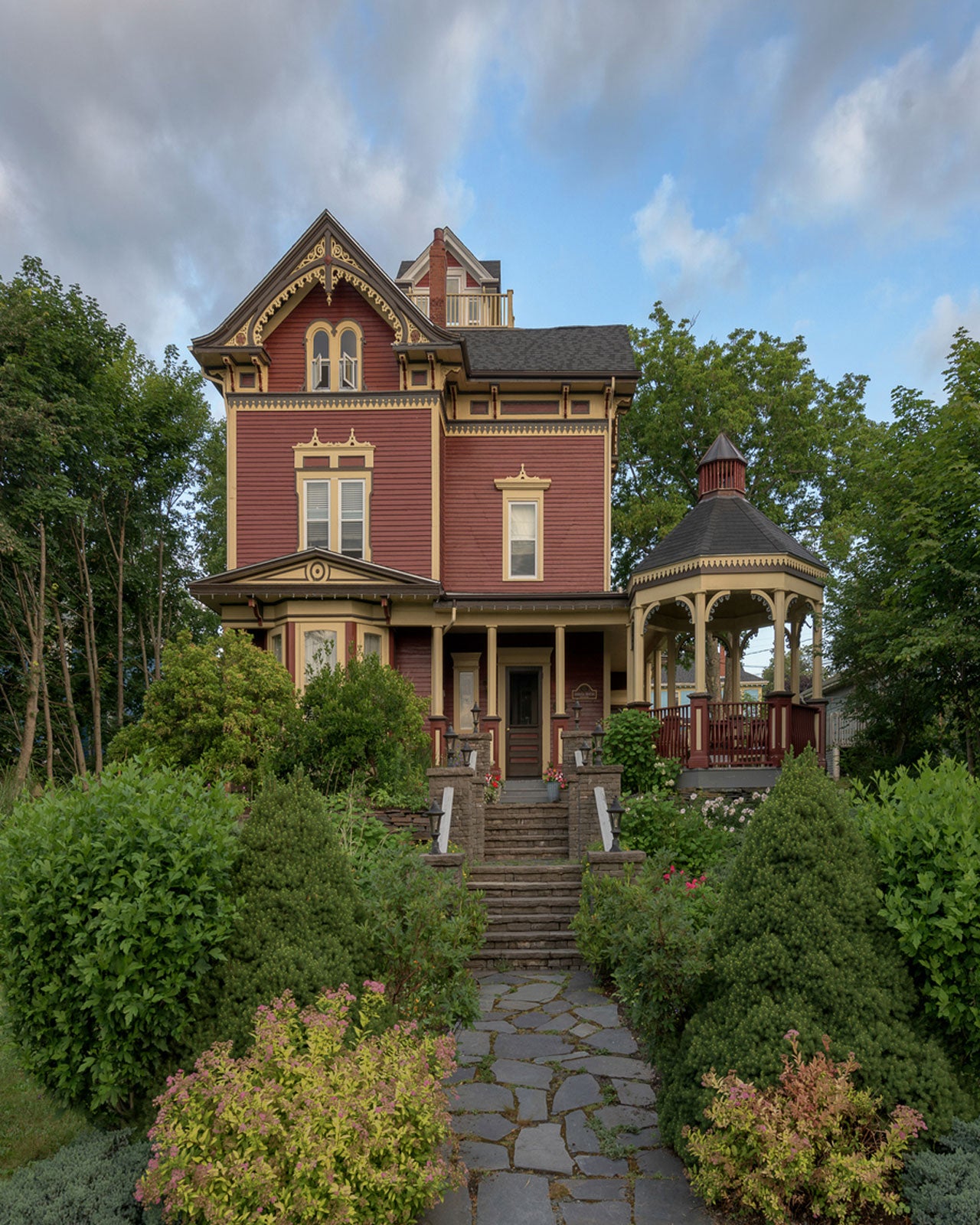What Is A Time Capsule Garden – Using Garden Designs From The Past


If you’re looking for something different and unusual for your garden layout, perhaps you’ll consider garden designs from the past. There is no set formula for using old-fashioned garden styles. Choose any parts or pieces you like to incorporate into your modern garden today.
Want to know the best thing about creating a "time capsule" garden? It's a wonderful way to tie some historical relevance into your child's learning.
What is a Time Capsule Garden?
An innovative term for garden trends from the past, the time capsule garden can be a planting strategy that was used in the 1700s or 1800s, and works perfectly in your current landscape. Ornamental blooms were not as widely used back then.
Edible plants and herbs for food and medicine were more often cultivated close to doors and porches. More convenient for harvest, with medicinal herbs handy if they were needed in the middle of the night, this trend continues today. We often plant our herbs near the kitchen door or even in containers on a porch or deck for convenience.
Ornamental gardens were more widely grown in and after the mid-1800s. As villages grew, homesteads expanded and took on a more permanent feel, as did landscape decoration. Professional designers appeared and with them the use of native plants in the home garden. Lilac, snowball and snowberry bushes were popular, as were heather and bougainvillea.
Garden Trends from the Past
The discovery of pyrethrum, flowerheads from the chrysanthemum, as pest control made flowers and shrubs easier to maintain and naturally free of pests and disease. This product was imported from England then and is still used today.
Shortly thereafter, gardens moved from the front door area to other places in the landscape. Flowerbeds were planted further out in the landscape, and growing grass became a regular feature. Seeds and bulbs created a range of blooms in these beds and were used in combination with the newly planted lawns.
Gardening tips, videos, info and more delivered right to your inbox!
Sign up for the Gardening Know How newsletter today and receive a free copy of our e-book "How to Grow Delicious Tomatoes".
English garden styles, including perennial beds and swaths of the returning blooms, filled large areas. As the “roaring 20s” became a reality, attracting birds to the garden, along with adding fishponds and rock gardens created diversity. Popular plants then, as now, were grown including irises, foxgloves, marigolds, phlox, and asters. Berried shrubs were planted for the birds.
Victory Gardens were encouraged in the 1940s. The struggling wartime economy created food shortages that were alleviated by growing food gardens. However, interest in the home vegetable garden decreased again when the war ended.
The 70s saw home gardens take on a more relaxed and free-flowing style, which remains in some yards today.
How to Plant a Time Capsule Garden
These are just a few examples of what to plant in a time capsule garden today. Many other ideas can be repurposed; in fact, they may already exist in your yard.
Add rock gardens, birdbaths or small ponds along with already flourishing beds and borders. Plant a berried shrub border to block the view or create additional areas reminiscent of gardens from the past.
One of the easiest ways to create a time capsule garden of your own is simply by picking out a favorite time period and filling the area with plants and other trendy pieces from that era. For instance, maybe you are fond of Victorian gardens or like the look of a 1950 inspired garden. If you have kids, creating a prehistoric garden may be more to your liking.
Really, the sky is the limit and anything “old” can be new again!

Becca Badgett was a regular contributor to Gardening Know How for ten years. Co-author of the book How to Grow an EMERGENCY Garden, Becca specializes in succulent and cactus gardening.
-
 Terrifically Tubular Flowers For Hummingbirds: 9 Tube-Flowered Plants To Attract Hummers
Terrifically Tubular Flowers For Hummingbirds: 9 Tube-Flowered Plants To Attract HummersGrowing tubular flowers for hummingbirds helps you create the optimum feeding conditions for your winged friends. Here are nine tubed delights for hummers
By Tonya Barnett
-
 How To Grow Hydroponic Tomatoes For Fresh Indoor Harvests – No Soil Required
How To Grow Hydroponic Tomatoes For Fresh Indoor Harvests – No Soil RequiredLearning how to grow tomatoes in water is easy and allows you to harvest fresh-home-grown produce in every season without any mess.
By Ellen Wells